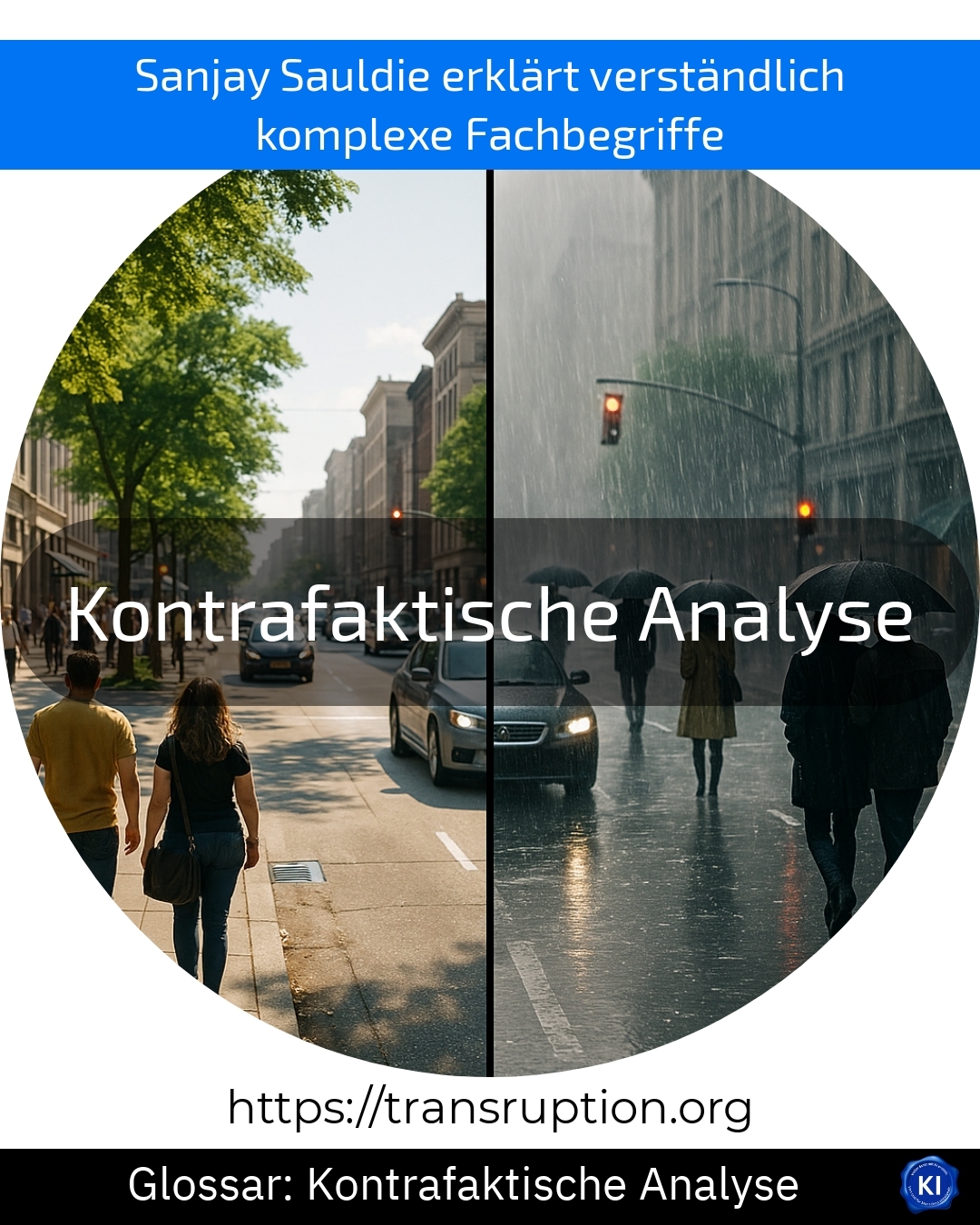The term counterfactual analysis is particularly at home in the fields of artificial intelligence, big data, smart data and digital transformation. This analysis helps companies to better understand and make more targeted decisions.
Put simply, the counterfactual analysis asks: "What would have happened if we had done something differently?" In other words, it compares the actual results with the possible results if certain factors had been changed.
An example: An online shop launches a new advertising campaign and notices that sales are increasing. The counterfactual analysis now examines whether the increase was really due to the campaign - or whether similar results would have been achieved without advertising. To do this, data from past sales is used and various scenarios are run through with the help of algorithms.
This method helps companies to better assess the impact of decisions. It is particularly useful for evaluating advertising measures, price changes or processes before they are implemented. In this way, costs can be saved and risks minimised.
Counterfactual analysis is therefore a useful tool for anyone who wants to make data-based decisions and improve business processes in the long term.















